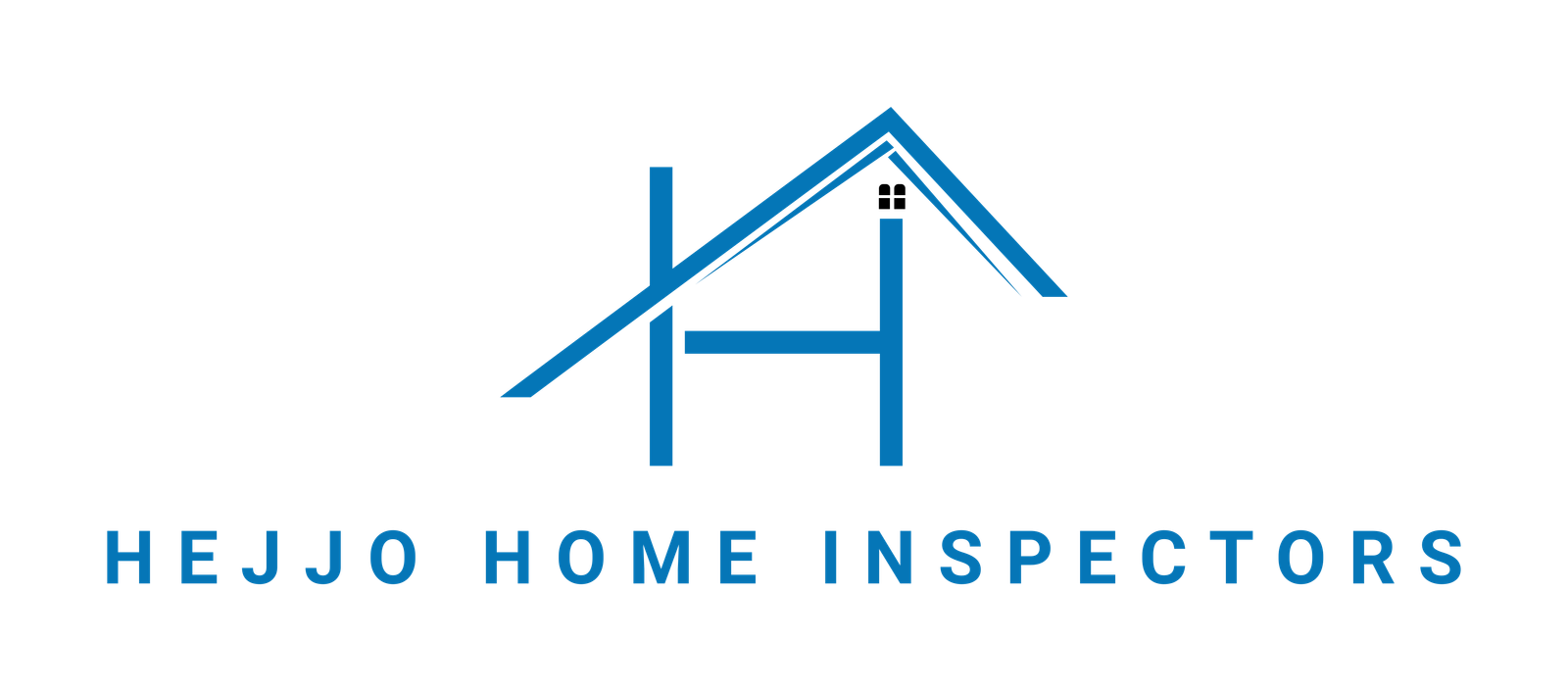Cities and towns are being reshaped by a growing preference for neighbourhoods where people can live, work, and socialize in the same area. This shift has brought renewed attention to multi-use properties and walkable communities; these developments are designed around convenience, activity, and connection rather than separation. They tend to use land and infrastructure more efficiently, are more sustainable to maintain, and are better aligned with how people increasingly want to live.
The Rise of Multi-Use Development
Multi-use, or mixed-use, properties combine housing, retail, offices, and recreational spaces in one location. Instead of dividing neighbourhoods by purpose, with residential properties in one area, and commercial in another area, often accessible only by transit or car, this approach layers them together. A single block might include ground-floor shops, offices or studios on a second level, and apartments or condos above.
This model is not new. Traditional downtowns once followed this pattern naturally, with small businesses below and homes above. What has changed is that modern zoning and financing practices are deliberately returning to it after decades of car-oriented suburban growth. The reasons are practical. Combining uses increases land efficiency, supports constant activity throughout the day, and creates built-in stability for both businesses and residents. When cafés, offices, and apartments share the same space, each supports the others, with foot traffic for businesses, amenities for residents, and stronger occupancy for owners.
Changing Lifestyle Priorities
The push toward walkable, mixed-use environments is driven by lifestyle changes as much as economics. Many people now value convenience, community, and access over space. Professionals want to live near cafés and co-working hubs; families look for neighbourhoods with schools, parks, and shops close by; older residents prefer areas where they can stay active and independent without relying on a car for every errand.
Compact neighbourhoods that place daily needs within walking distance are often seen as offering a higher quality of life. The “15-minute community” concept, where nearly everything a person needs is within a short walk or bike ride, has become a benchmark for livable urban design. This shift reflects changing priorities around time, mobility, and social connection, where proximity matters as much as size or square footage.
Economic and Environmental Benefits
Multi-use developments and walkable districts perform well over time because they balance livability with economic logic. Concentrating more activity in a smaller area makes infrastructure and public services more efficient. It also strengthens local economies. Retailers benefit from built-in customer bases, while residents enjoy lower transportation costs and greater access to amenities.
From an environmental standpoint, these neighbourhoods can be more sustainable. Denser development reduces car dependence and emissions, while compact land use limits sprawl and conserves green space. For municipalities, mixed-use areas typically generate higher tax revenue per acre and require less infrastructure maintenance per resident. These combined efficiencies make them attractive to both planners and investors focused on long-term value.
Building Blocks of Successful Mixed-Use Development
Successful multi-use communities rely on design principles that prioritize people and activity at the street level. Buildings must feel connected to their surroundings, with ground-floor uses that invite interaction. Transparent storefronts, patios, and open façades create visual engagement, while shared spaces like small parks, courtyards, or plazas encourage social connection.
Balance is critical. The commercial and residential components must complement one another rather than compete. Businesses should suit the daily rhythms of the area’s residents, and access, parking, and service areas must be designed to support pedestrian flow rather than disrupt it. Details such as lighting, landscaping, and signage play a large role in how safe, comfortable, and lively a space feels.
When these elements align, the result is a self-sustaining environment. Residents support local shops; shops bring activity to the streets; the streets themselves become shared, social spaces that shape the community’s identity.
Beyond Downtown: The Shift in Suburban Areas
While mixed-use growth is most visible in city centres, it is increasingly defining suburban redevelopment as well. Many aging shopping plazas and large parking lots are being converted into compact, walkable districts that serve as local anchors. These redevelopments often blend mid-rise housing, retail, and public spaces to turn single-purpose sites into community hubs.
Transit-oriented development has accelerated this shift. Dense, multi-use projects built near train stations or rapid transit stops offer easy access to both local amenities and regional destinations. These areas tend to hold value well and maintain lower vacancy rates because accessibility remains a lasting advantage regardless of broader market conditions.
Community, Belonging, and Long-Term Value
Walkable, multi-use neighbourhoods build connection. The design encourages spontaneous interaction in shared spaces like cafés, parks, and small businesses. Over time, those informal encounters create a sense of belonging that strengthens community ties.
This social cohesion also contributes to long-term stability and property performance. Neighbourhoods designed for walkability tend to attract consistent demand, achieve stronger appreciation, and maintain higher occupancy. Proximity to amenities and shared spaces becomes an enduring advantage.
The Future of Connected Communities
The growing focus on walkable, mixed-use neighbourhoods reflects a gradual but measurable shift in planning priorities. Cities are adapting zoning and infrastructure to better support density, accessibility, and local amenities, while suburban areas are finding new ways to integrate housing and commerce more efficiently.
These developments are not a universal solution, but they demonstrate how thoughtful design can balance livability with long-term sustainability. As communities evolve, places that offer connection, convenience, and adaptable use of space are likely to remain resilient and sought-after.
